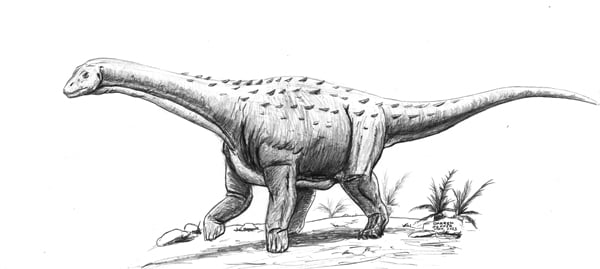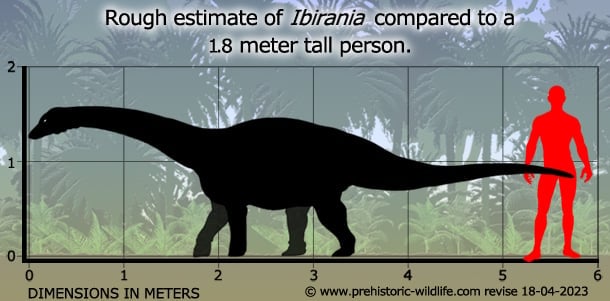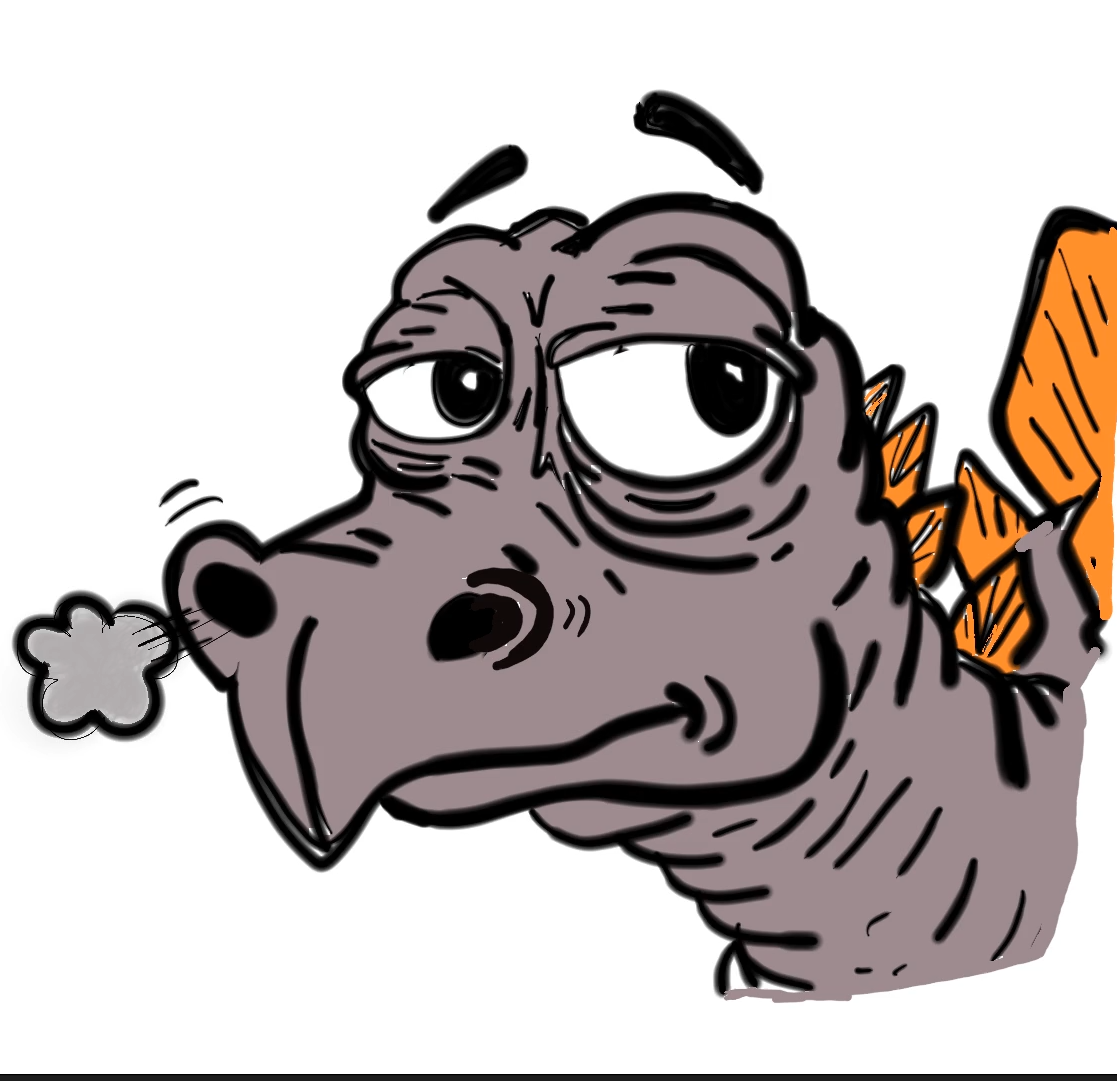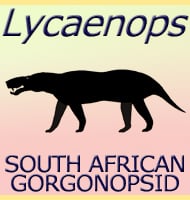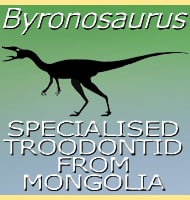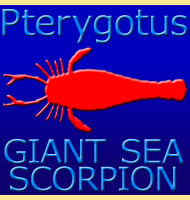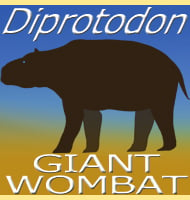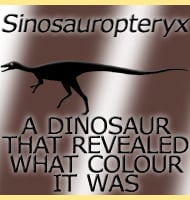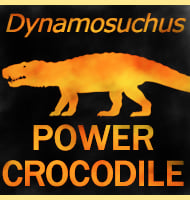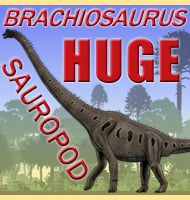In Depth
Ibirania is a genus of titanosaurian dinosaur that lived in South America during the late Cretaceous. While South America is known to have at times been home to some truly giant titanosaurs, Ibirania is at the extreme polar opposite of the size scale. Though incomplete, reconstructions of the holotype individual suggest Ibirania was barely six meters long.
Dwarf titanosaurs are not unknown, Magyarosaurus and Europasaurus from Europe are both estimated to have only been about six meters long. However, at the time these dinosaurs lived, Europe was essentially a large island chain, and the small size of these dinosaurs is thought to have been a result of evolution pushed by insular dwarfism. Ibirania however lived on a continent that was thought to have been a relatively large land mass, even in the late Cretaceous. So could it be there was something about the geology of ancient South America that we don’t yet know, or was there another factor responsible for Ibirania growing much smaller than its giant relatives and neighbours? At the time of writing, no one can be really sure.
Small size aside, study of the cervical vertebrae of Ibirania has confirmed the presence of an avian-like air sac system for respiration. The presence of such respiratory development in dinosaurs has long been theorized, but this discovery in Ibirania helps to shed more light on this area of dinosaur biology.
Further reading
- A new nanoid titanosaur (Dinosauria: Sauropoda) from the Upper Cretaceous of Brazil. - Ameghiniana. 59 (5): 317–354. - Bruno A. Navarro, Aline Marcele Ghilardi, Tito Aureliano, Ver�nica D�ez D�az, Kamila L.N. Bandeira, Andr� Cattaruzzi, Fabiano Vidoi Iori, Ariel M. Martine, Alberto B. Carvalho, Luiz E. Anelli, Marcelo Adorna Fernandes & Hussam Zaher - 2022.
